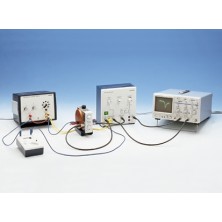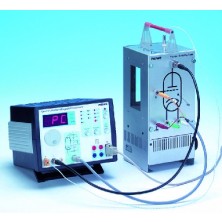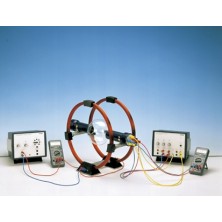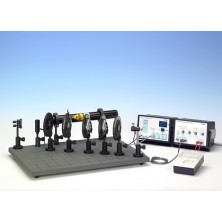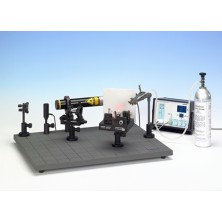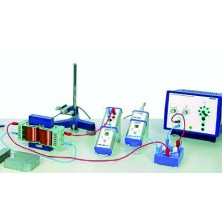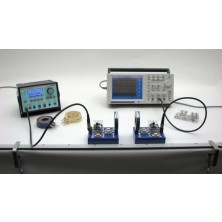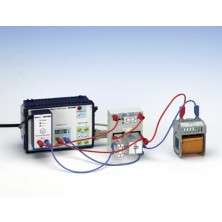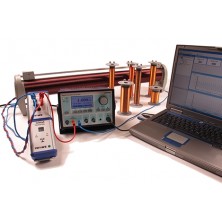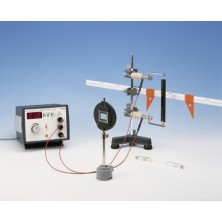
Balmer series/ determination of Rydberg’s constant
Item no.: P2510700 Principle The spectral lines of hydrogen and mercury are examined by means of a diffraction grating. The known spectral lines of Hg are used to determine the grating constant. The wave lengths of the visible lines of the Balmer series of H are measured. Tasks Determination of the diffraction grating constant by

